 Option alerts can be an extremely valuable tool for traders, but only if you know how to use them correctly! In this comprehensive guide, we’ll teach you everything you need to know so you can start to read options alerts & use them to improve your trading results.
Option alerts can be an extremely valuable tool for traders, but only if you know how to use them correctly! In this comprehensive guide, we’ll teach you everything you need to know so you can start to read options alerts & use them to improve your trading results.
Let’s get after it!
What are Options Alerts and What Do They Do for Traders?
Options Alerts are basically trade signals that are sent to traders who have subscribed to their option alert service. These alerts usually come in the form of email or text messages, and they often contain information about specific trades that the trader can take advantage of. In most cases, the alert will include information about the underlying asset, the strike price, and the expiration date.
Options Alerts can be a valuable resource for traders, as they can help to identify potential trades that they might not otherwise be aware of. However, it is important to note that not all options alerts are created equal. Some services are more reliable than others, and it is important to do your research before subscribing to any service.
It’s also worth noting that no service will ever have a 100% win rate, and as such it’s important that you trade the alerts carefully and according to your own trading style and use proper trade & account management. Never just blindly follow trade alerts.
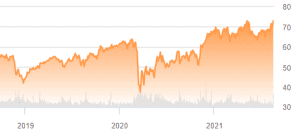
The Different Types of Options Alerts
There are a few different types of options alerts that you can sign up for. Each one is designed to give you a different level of information and help you make different kinds of decisions. Here’s a quick rundown of the most popular alerts:
Basic Price Alerts
Basic price alerts simply notify you when the price of an option reaches a certain level. This can be helpful if you’re watching for a particular stock to drop so you can buy it at a bargain, or if you’re monitoring a stock that’s been volatile and want to know when it starts to stabilize. These type of alerts are generally done through your online trading software (IE through your broker), and are free.
Time Decay Alerts
Time decay alerts let you know when the time value of an option is about to expire. This can be useful if you’re holding an option that’s losing value and you want to sell it before it becomes worthless. This is often done automatically by your broker.
Implied Volatility Alerts
Implied volatility alerts notify you when the market’s expectation of future price movement (implied volatility) changes significantly. This can be helpful in finding options that are underpriced or overpriced relative to their current risk level. This can come in the form of news events, or through some social sentiment analysis or other and is often done through a paid service.
Greeks Alerts
Greeks alerts let you know when any of the “greeks” (delta, gamma, vega, theta) change by a certain amount. This can help you fine-tune your options strategies and make sure you’re positioned for the market conditions you expect. These can often be set up manually through your trading broker, and some services utilize these alerts as part of their trading strategy when they give out their trade alerts.
Sentiment Alerts
Sentiment alerts show you how options traders are feeling about a particular stock. This can be valuable in seeing whether the market is too bullish or bearish on a stock and whether there might be a reversal in price direction coming.
There are a lot of different alerting services that offer one or more of these alert types. Some services are free, while others charge a monthly or yearly fee. Be sure to shop around and find the service that best meets your needs, but one service you could check for this would be The Empirical Collective.

How to Read Options Alerts?
Options alerts are a great way to stay up-to-date on the latest options activity. But what do they mean? And how can you interpret them to your advantage?
Here’s a quick rundown: Options alerts usually come in one of two forms: “calls” and “puts.” A call is an alert that tells you someone is buying a particular option contract. A put is an alert that someone is selling a particular option contract.
The price listed next to the call or put is the strike price or the price at which the contract can be exercised. The premium is the amount of money the buyer is willing to pay for the option.
Then there’s the expiration date. This is the date by which the contract must be exercised, or it expires and becomes worthless. So, if you see options alert for a call with a strike price of $50 and a premium of $2 that expires in May, that means someone is betting the stock will be above $50 per share by May. If it’s not, they lose their premium. But if it is, they can buy shares of the stock at $50 each (the strike price), no matter what the current market price is.
Finally, options alerts will also include the symbol for the underlying stock. In our example above, that would be the stock ticker symbol for the company whose stock is being options-traded.
An example alert could look like this:
PDD Puts 04/21/2021 $55 Buying @ $3.40
From the above we have:
PDD = The stock ticker
Puts = Whether the trade is a call or a put
04/21/2021 = The expiration date of the option contract
$55 = The strike price
$3.40 = The cost of the contract
Interpreting options alerts requires a little bit of practice, but it won’t take you long to figure them out.
The Benefits of Using an Options Alerts Service
When it comes to investing, there are a lot of different tools and resources that you can use in order to help you make the best decisions possible. One such resource is an options alerts service. Here are just a few of the benefits that you can enjoy when you use an options alerts service:
- Time savings – One of the biggest benefits of using an options alerts service is that it can save you a lot of time. Instead of having to constantly check on the markets yourself, you can simply set up an alert (or sign up for an alert service) and let the it do the work for you. This way, you can focus on other things and still be confident that you’re getting the information that you need.
- Accuracy – Another benefit of using an options alerts service is that it can help to ensure that you’re getting accurate information. With so much data available, it can be easy to miss important changes or trends. However, with an alerts service, you can be sure that you’re getting timely and accurate information so that you can make the best investment decisions possible.
- Convenience – Finally, one of the most convenient things about using an options alerts service is that it’s typically very user-friendly. This means that you don’t have to be a financial expert in order to use the service and benefit from it.
If you’re looking for a helpful tool that can save you time and help you make better investment decisions, an options alerts service may be just what you need. Be sure to consider all of the benefits that such a service can offer before making your final decision.
How to Choose the Right Service for Your Needs
There are a lot of different service providers out there, and it can be tough to know how to choose the right one for your needs. Here are a few things to keep in mind when you’re looking for a service provider:
Make Sure They Offer the Services You Need
This may seem obvious, but it’s important to make sure that the service provider you choose offers the specific services you’re looking for. If you’re not sure what you need, ask for a consultation so you can discuss your options.
Read Reviews and Ask for Referrals
Once you’ve narrowed down your options, take some time to read online reviews or ask friends and family for referrals. This can help you get a sense of what others have experienced with specific service providers.
Compare Pricing and Services
When you’ve found a few providers you’re considering, compare their pricing and services to see which one is the best fit for your budget and needs.
By keeping these things in mind, you can be sure to choose the right service provider for your needs.
Frequently Asked Questions
Which chart is best for options trading?
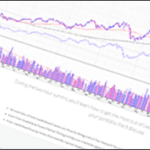
There are four main types of charts that options traders use: line charts, bar charts, candlestick charts, and point-and-figure charts. Each has its own advantages and disadvantages, so it's important to choose the right one for your trading style. Line charts are the simplest type of chart, and they're best for seeing overall trends. Bar charts are a bit more complex, and they provide more detailed information about price movements. Candlestick charts are the most popular type of chart for traders, and they offer a good balance of simplicity and detail. Point-and-figure charts are the most complex type of chart, and they're best for experienced traders who need to track tiny price movements.
How do you read options symbols?
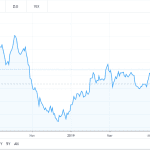
Every options contract has a unique symbol that identifies it. This symbol is made up of several different pieces of information, including the underlying asset, the expiration date, the strike price, and the type of option. For example, let's say you're looking at the options contract for ABC Company with an expiration date of June 1 and a strike price of $50. The 'ABC' part of the symbol tells you the underlying asset, in this case, ABC Company stock. The '06' tells you the month of expiration, in this case, June. And finally, the '50' tells you the strike price. There are also two different types of options - calls and puts - which are indicated by either a 'C' or a 'P' at the end of the symbol. Thus, a call option for ABC Company with an expiration date of June 1 and a strike price of $50 would have the symbol 'ABC10061C50'.
What does the C mean in options?

C means call. When you buy a call, you have the right to purchase the underlying asset at a certain price, called the strike price. If the underlying asset goes up in price, you can exercise your option and buy the asset at the strike price, even though it's now worth more. If the underlying asset goes down in price, you're not obligated to do anything and can let the option expire worthlessly. Call options are used when you think the price of an asset is going to rise.
What does the mark mean in options trading?
In options trading, the mark is the price at which a particular option is trading at. The mark can be affected by a variety of factors, including the underlying stock price, the current market conditions, and the amount of time until expiration. When making decisions about options trading, it is important to keep an eye on the mark in order to make sure that you are getting the best possible price. With a little practice, you will be able to quickly identify when the mark is favorable for buying or selling options.
What does St mean in options?

The 'st' in options typically stands for 'style.' The style in this case, generally refers to how the closing of the option contract is handled. European-style options can only be exercised on the expiration date, while American-style options can be exercised any time up until the expiration date. So, if you're trying to figure out when an option expires and you don't see an expiration date listed, just look for the 'st' - it should give you all the information you need.
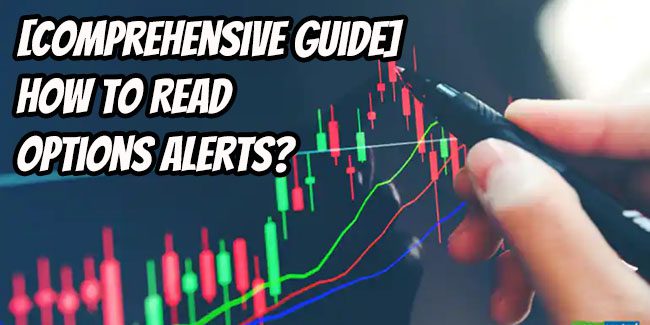
 The Best Option Alert Service: Top 7 for Trading in 2023
The Best Option Alert Service: Top 7 for Trading in 2023  5 Best Options Trading Newsletter Choices for Traders
5 Best Options Trading Newsletter Choices for Traders 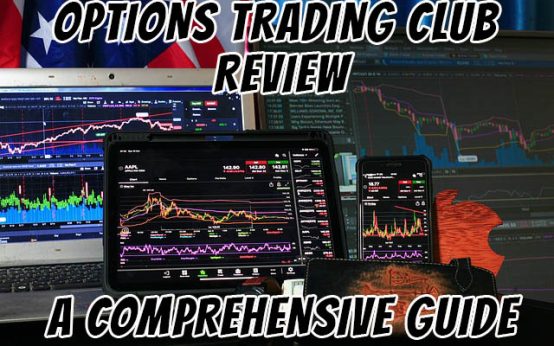 Options Trading Club Review – A Comprehensive Guide
Options Trading Club Review – A Comprehensive Guide 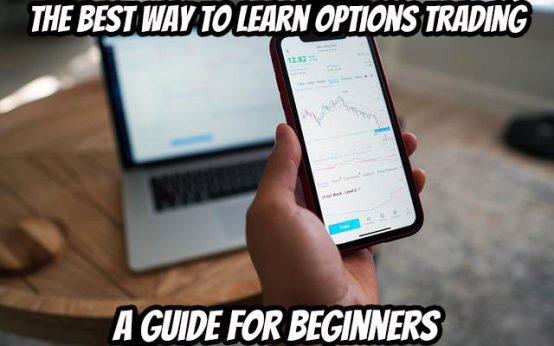 The Best Way to Learn Options Trading: A Guide for Beginners
The Best Way to Learn Options Trading: A Guide for Beginners 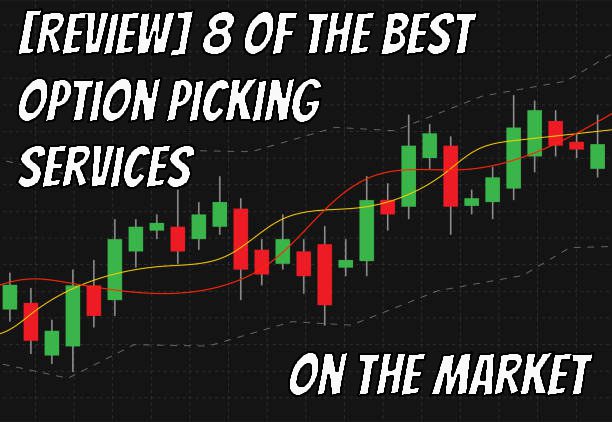 [REVIEW] 8 Of The Best Option Picking Services on The Market
[REVIEW] 8 Of The Best Option Picking Services on The Market 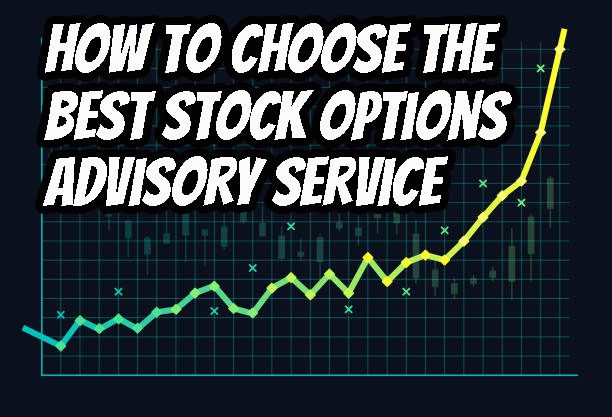 How to Choose The Best Stock Options Advisory Service If You’re New To Trading
How to Choose The Best Stock Options Advisory Service If You’re New To Trading